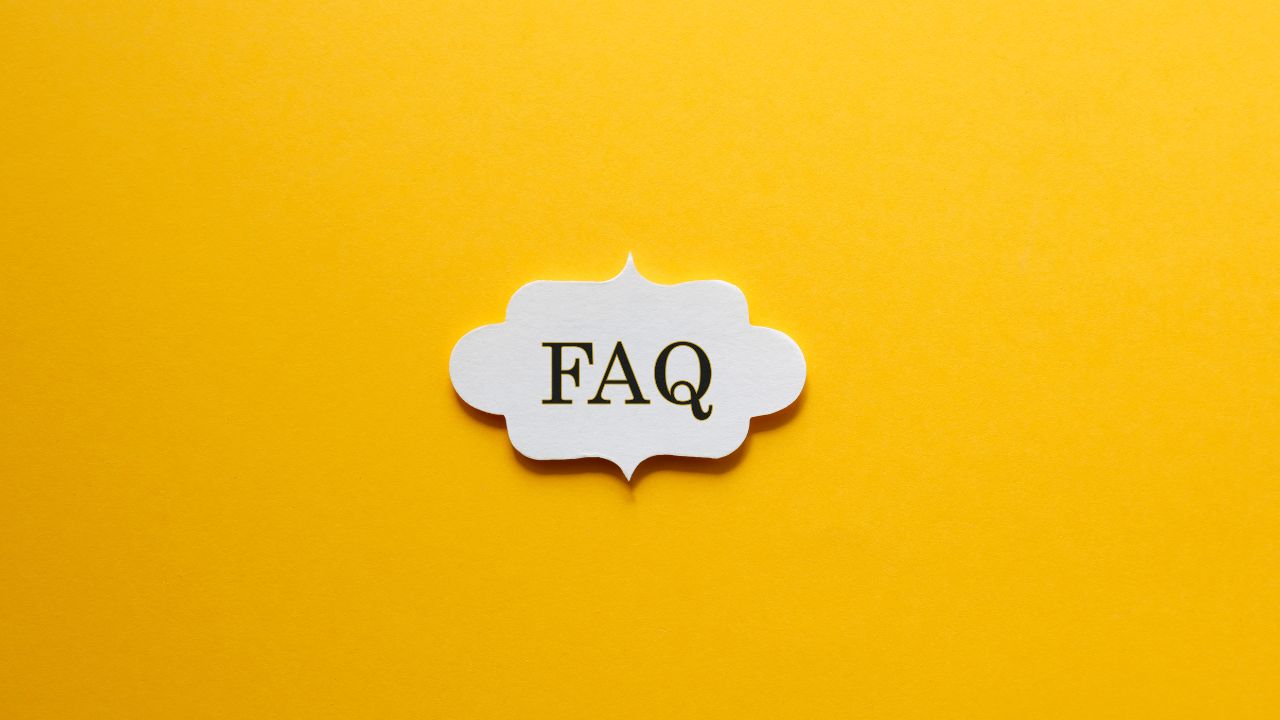Accounting & Lean Transformation: the unstable duo?

Indice
- The contradictions of a Lean Transformation project | What are we doing wrong?
- The Vision of Lean Accounting | What is Lean Accounting and how can it help you
- Go beyond the limits of management control! | Lean Accounting reveals the true benefits of Lean change
- Which way do you see the world? It all depends...| Measuring processes, not people
- The goals of Lean Accounting | timely, accurate, and understandable information in real time... or almost!
Is your company’s accounting system effective in analyzing and solving your production problems? Do financial reports help you improve your business performance?
You’ve invested time and resources in launching a Lean Transformation project, and it’s been successful. The new lean approach consistently creates more value in less time, eliminating waste… but then why isn’t there an improvement in accounting, and if anything, why does the production cost seem to have worsened?
Are you sure you can’t find accounting approaches that highlight waste (of time, space, people, over-engineering, etc.) and help you make significant strides towards becoming a Lean Lifestyle Company, one that achieves more results with greater well-being and less stress?
Continue reading this article to learn what you can do to gain a better overview of your company’s accounting!
The contradictions of a Lean Transformation project

Sometimes, despite increased efficiency in the production process and reduced lead times, traditional cost calculation systems show an increase in the costs of individual products. As a result of the reduction in inventory, the income statement may show a worsening situation.
Furthermore, freeing up machines and human resources creates excess capacity. If this capacity is not reallocated and utilized, it results in an (apparent) failure to reduce personnel costs. What are we doing wrong?
The logics of traditional management control contradict some key principles of Lean Production and sooner or later, along the improvement path, the real benefits obtained in the field with the application of lean methodologies collide with this obstacle because conventional cost accounting methods
- they are based on the analysis of production orders and not on sales orders and measure the value produced and not that recognized by the market;
- they do not consider spare capacity within occupied spaces, allocating all costs to products;
- they allocate indirect costs by cost centers and calculate the cost of a single product without consistency with the structure for Value Stream.
The Vision of Lean Accounting: what is and how can it help you
The term Lean Accounting refers to a management control system that measures and supports Lean Thinking in the company, which avoids attributing costs per individual product and instead attributes costs per Value Stream.
The traditional concept of accounting is completely abandoned, complex, expensive and which determines a purely abstract product cost linked to the criteria for allocating indirect costs and subjected to the variability of sales volumes.
In Lean Accounting, however, costs are charged and controlled by the value stream, based on what is value for the customer. As regards, indirect costs that cannot be assigned to Value Streams are not allocated to Value Streams but enter the company’s general income statement. These costs must also be reduced and the related processes continuously improved, but the levers are outside the Value Stream.
Lean Accounting shows the true benefits of Lean change and drives continuous improvement in the company.
Business analysis and decisions (product profitability, make or buy, investment evaluation) must be taken based on the total costs and revenues of Value Stream, rather than on the cost of the individual product.
Go beyond the limits of management control with Lean Accounting
Estimates of the standard cost for a production-based company also refer to financial history data. Yet in recent years, and perhaps even more so in recent months, indirect costs have increased dramatically: consequently, the costs of a single product are less reliable, and if the standard cost has never been the truthful one, much less so now!
To this we must add that standard costs also contain waste and inefficiency factors, included in the distinct bases and work cycles, which however in Lean logic cannot be considered as “normal”. The standard cost of a product calculated upstream already with all these uncertainties and inaccuracies, then becomes an hourly rate, and the cost estimate thus becomes a function of the work used to produce (standard hours).
For all these reasons the use of standard costs in company decisions can be misleading and can lead to bad industrial decisions (sourcing, making or buying, new products, etc).
Which way do you see the world? It all depends…
Traditional management control systems support traditional production management, and for this reason are ill-suited to an organization that functions on Lean principles. Some traditional KPIs could even hide the results of the Lean transformation and even lead to hindering the necessary changes to the point of endangering the success of the Lean Transformation project.
To overcome this, two series of KPIs are often monitored: one for financial control and one for operational control, with a further increase in complexity and with considerable waste of time.
Reports and performance measures are usually not timely, too aggregated and above all “biased”, in the sense that they push people to behave exactly contrary to Lean logic (for example large production batches, or high warehouse stocks, …)
But then what are the characteristics of a good Accounting system, which can go along with lean logic?
If traditionally the Finance area provides measures that are used for the budget and to establish the objectives of the different production departments, a Lean Accounting system must instead have a much broader vision: it aims to support the company strategy, also integrating “non-financial” measures; it must be simple to understand and measure processes and not people; cover all control processes and set ambitious targets. Furthermore, it must continuously measure the relevant KPIs, to be timely in any countermeasures, proposing – ideally – a control almost in real time, and “visual”, that is, based on clear reports, and shared with the entire value chain.
What are the objectives of Lean Accounting?
1. Act in compliance with mandatory regulations
Maintain compliance with the principles of General Accounting, mandatory external regulations and Internal Reporting specifications.
2. Eliminate waste
Use Lean tools to eliminate waste from administrative and accounting processes.
3. Provide timely, accurate and understandable information
Provide all levels of the organization with timely, accurate and understandable information that favors Lean transformation, concretely supporting, numbers in hand, industrial decisions. The goal is to increase value for the customer, foster business growth, profit and above all business Cash Flow.
4. Establish a system of activity and performance indicators
Provide a system of Indicators (of activity and performance) to support the company’s decisions with a view to Lean Transformation but also to company growth.
5. Enhance the Value Stream and no longer calculate the standard cost
Determine the costs of Value Stream and not of the individual product: ensure that Value Streams are representative and extend the concept of Value Stream even outside of production, involving purchasing, sales, marketing, and administration.
6. Extend the value stream as much as possible
Try to extend the value stream as much as possible to influence the sphere of customers and suppliers.
7. Act for people and not be guided by tools
Investing in people to never let tools prevail. Lean Accounting can also try to quantify the personal performance and contribution of each worker in the company also through the number of suggestions per capita, the number of people active in continuous improvement projects, the measurement of the level of cross-training within the same Value Streams, etc… Up to and including structured forms of sharing company profits.
8. Support Lean culture
Support Lean culture by making visible and encouraging continuous improvement at all levels of the organization.
What are the advantages of approaching accounting according to the value stream?
The purpose of Lean Accounting is to develop the company growth process, without focusing exclusively on the results obtained to avoid the risk –concrete in organizations where the focus is only on the results – of ignoring the problems encountered as they manifest themselves.
Lean Accounting is a process that already exploits all the strengths of the “lean” methodology, therefore a process with low waste of time, visual, which frees up the time of financial staff and management control, so that they can become protagonists of change rather than simply reporting numbers and accounts to third parties.
The income statement for Value Stream is a simple first tool to see what economic benefits are being produced thanks to the adoption of the lean approach. It is a management report made for those who do not have specific financial skills, which allows you to easily and operationally make decisions and evaluate future results based on concrete numerical data.
To summarize a Lean Accounting approach:
- Focus your attention on processes and not on functions
- Shift the focus from the single product to the value stream
- It offers clarity of responsibility and shared kpis at the company, value stream and machining center levels. Therefore, no longer different and disconnected, if not conflicting, objectives between the individual functions, but objectives which, starting from the company strategy (Hoshin Kanri) are declined up to the single work cell.
- Achieves greater simplicity and efficiency of management (production orders, cost centers, accounting closures can be eliminated)
- It offers real economic information, without arbitrary and sometimes difficult to understand allocations
- It ensures easy understanding even by non-accountants
- It promises timeliness and concreteness in measurements and reporting, allowing direct intervention to improve future processes (for example, at the end of each week, the Value Stream Manager should be able to read and understand the concrete results of his actions).
Seen as a whole, Lean Accounting is an exemplary process of the lean methodology which teaches how when you think of optimizing a process, you must consider not only the process itself, but also the entire reference context, what is upstream and downstream of what you are trying to optimize. The underlying concept, the most relevant, is precisely that of the value stream, or how to make the value flow along the entire process chain: a single department/ process is not optimized without being clear what its contribution is to the entire value flow.
All this will help the company grow, adding value to customers and increasing cash flow and value for shareholders and owners.
Articolo a cura di:

Danilo Pappa
Manager
In more than 20 years of activity, he has acquired solid technical, production, organizational and management experience thanks to a career developed in national and multinational companies active in the high technology sector (aeronautics and automotive) and logistics.
He has collaborated and carried out international projects with experts such as Junji Numata, a Japanese sensei, formerly of Toyota.
His technical expertise ranges from Supply Chain to Manufacturing&Quality, and Purchasing with application of tools of the Toyota Production System and World Class Manufacturing.
Read more
Prossimi eventi










